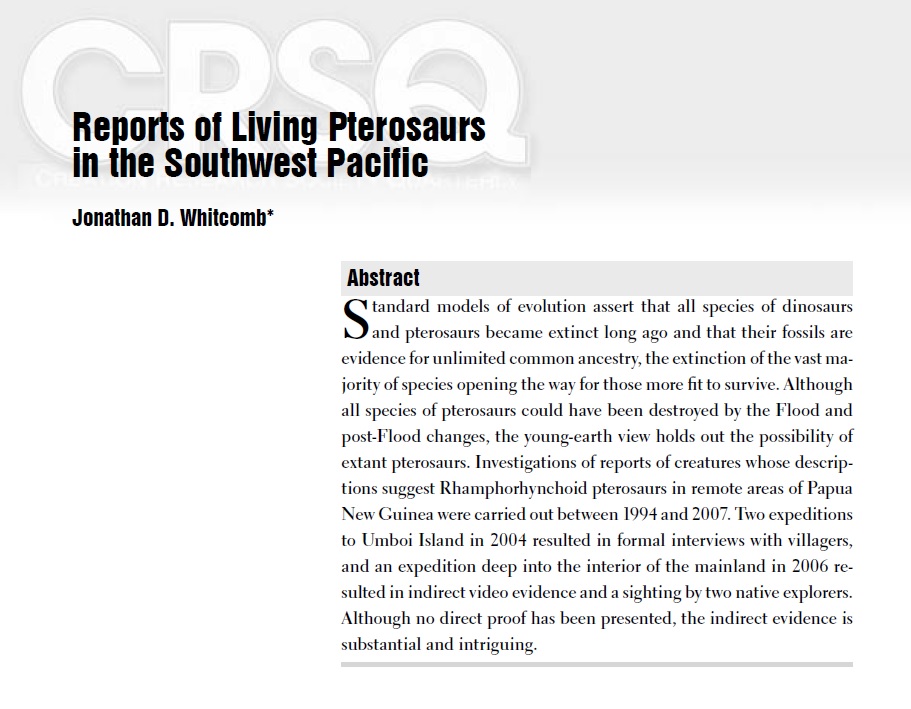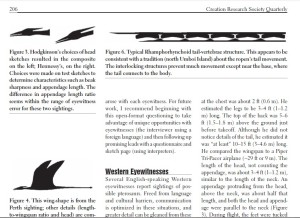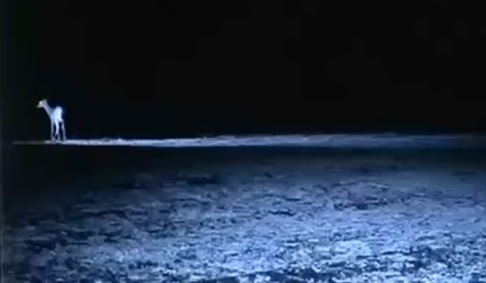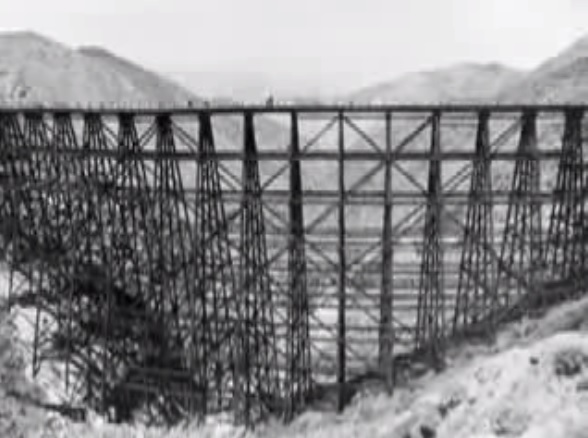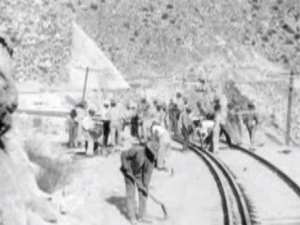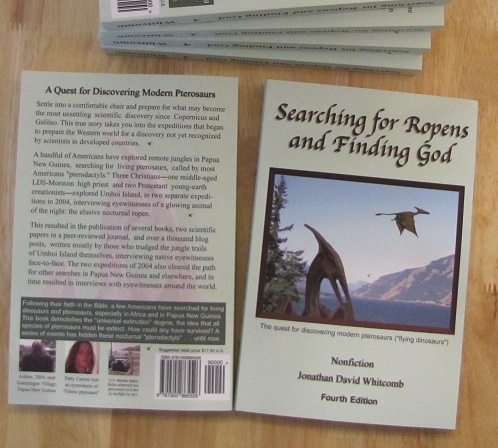Within the past few weeks, I’ve received two reports of apparent pterosaurs in Mexico, one in the north and one around Mexico City. Both reports were in Spanish. Here’s part of the report from northern Mexico. I wonder if it relates to the Marfa Lights.
Chihuahua, Mexico, Sighting (Spanish)
. . . el motivo de este mensaje es para informar de un avistamiento de un animal . . . lo que he investigando es un ropen o un pterodactido, los hechos ocurrieron hace aproximadamente 10 años, en una presa cerca de mi ciudad, la cual se encuentra en el estado de chihuahua en Mexico . . . . . . ese día nos encontrábamos en ella porque fuimos a pasar el día pescando pero por la descompostura de la lancha mi familia nos dejo en la orilla de la presa a mi primo Daniel y a un señor amigo de mi papa, en ese tiempo yo tenia 15 años y mi primo 14, pasaron las horas y oscureció . . . . . . de pronto escuchamos un fuerte aleteo a lo lejos, lo cual en su momento pensamos que fue el viento . . . cuando de pronto frente a nosotros aproximadamente a 500 metros de distancia sobre el agua, una luz verde fosforescente comenzó a destellar . . . El animal tenia forma de dinosaurio, sin plumas y volaba de una manera extraña, no como un ave, la impression que tuvimos los 3 fue muy grande . . . el animal de pronto dejo de brillar.
Rough English Translation (sighting in Chihuahua)
. . . the reason for this message is to report a sighting of an animal . . . [I wonder if] what I have investigated is a ropen or pterodactyl. It happened about 10 years old at a dam near my city, which is in the state of Chihuahua in Mexico . . . That day we were in it [in or near the water behind the dam] because we went out for the day fishing. But the breakdown of the boat [left] my family . . . on the shore of the dam. My cousin Daniel and a gentleman friend [of?] my father (at that time I was fifteen and my cousin fourteen) spent the hours [in the dark]. . . . suddenly heard a loud flapping in the distance, which, at the time, we [thought] was the wind . . . when suddenly in front of us, about 500 meters away on the water, a phosphorescent green light began to flash . . . The animal was shaped like a dinosaur and featherless, flying in a strange way, not like a bird. The three of us had the impression that it was very large . . . the animal suddenly stopped shining.
.
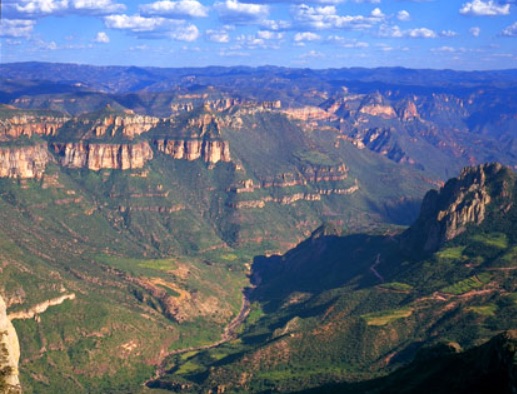
Chihuahua, Mexico
###
.
A live pterosaur is hardly restricted to the USA. Large flying creatures fly wherever they choose, regardless of political boundaries. With reports of living pterosaurs in Americans states like California, Arizona, Texas, and Arkansas, it is no wonder that people in Mexico also report those same strange featherless “birds.”
“An ancient Mayan relief sculpture of a peculiar bird with reptilian characteristics has been discovered in Totonacapan, in northeastern section of Veracruz, Mexico. José Diaz-Bolio, a Mexican archaeologist-journalist responsible for the discovery, says there is evidence that the serpent-bird sculpture, located in the ruins of Tajín, is not merely the product of Mayan flights of fancy, but a realistic representation of an animal that lived during the period of the ancient Mayans – 1,000 to 5,000 years ago. . . .”
. . . about one and a half miles away, a huge black bird-like creature came from the more mountainous region to my left, and flew toward the ocean . . . wingspan about equal to the length of the taller palm trees, I thought about 30 to 40 feet. The wings moved very slowly, almost touching on the downward swing . . .
Ropens and Marfa Lights in Texas
Reports of apparent living pterosaurs also come from Mexico and the Cuba. In fact, one sighting was of two glowing flying pterodactyls seen by two women from a cruise ship in the Caribbean.
.



